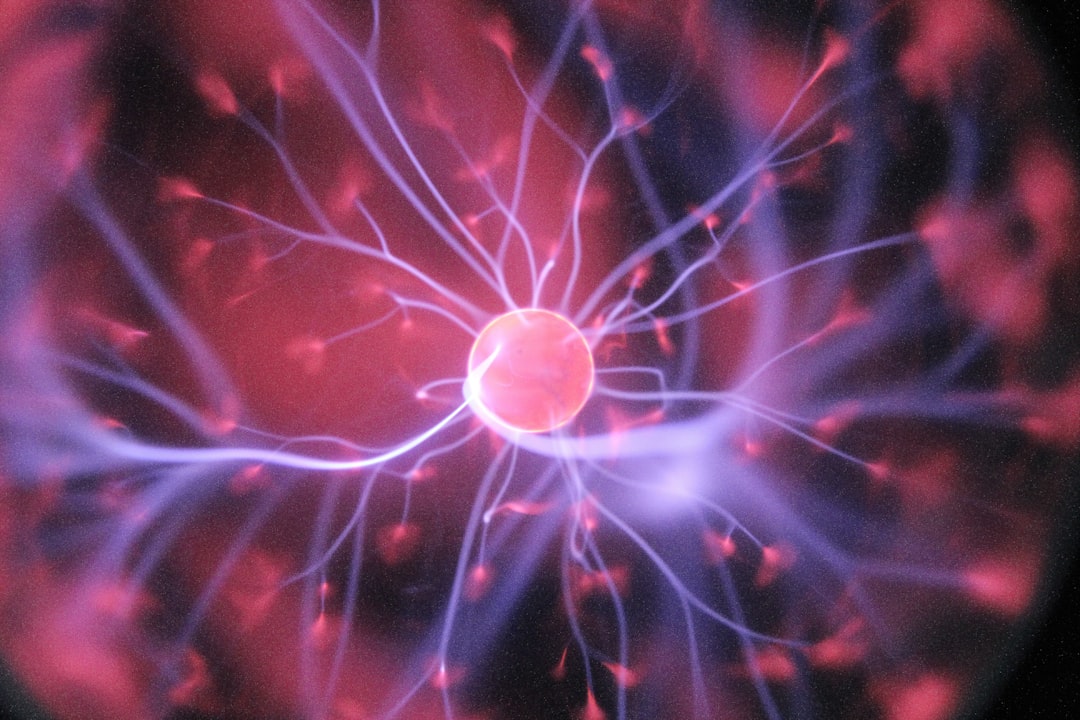What is it about?
Diatoms are an incredibly diverse group of microscopic algae, but many of their chloroplast genomes have not been documented. This paper examines chloroplast genomes of three closely related diatom species and compares the evolution of their chloroplast genomes to those of other groups of diatoms and land plants.
Featured Image

Photo by NOAA on Unsplash
Why is it important?
Diatoms are key primary producers in freshwater and marine systems with highly efficient mechanisms for photosynthesis so documenting the evolution of this structure is important. Chloroplast genomes from this group of diatoms have undergone extensive rearrangement (scrambling) compared to other groups of diatoms and land plants. These chloroplast genomes have evolved 4-7 times faster than those found in land plants.
Read the Original
This page is a summary of: Extensive chloroplast genome rearrangement amongst three closely related Halamphora spp. (Bacillariophyceae), and evidence for rapid evolution as compared to land plants, PLoS ONE, July 2019, PLOS,
DOI: 10.1371/journal.pone.0217824.
You can read the full text:
Contributors
The following have contributed to this page










